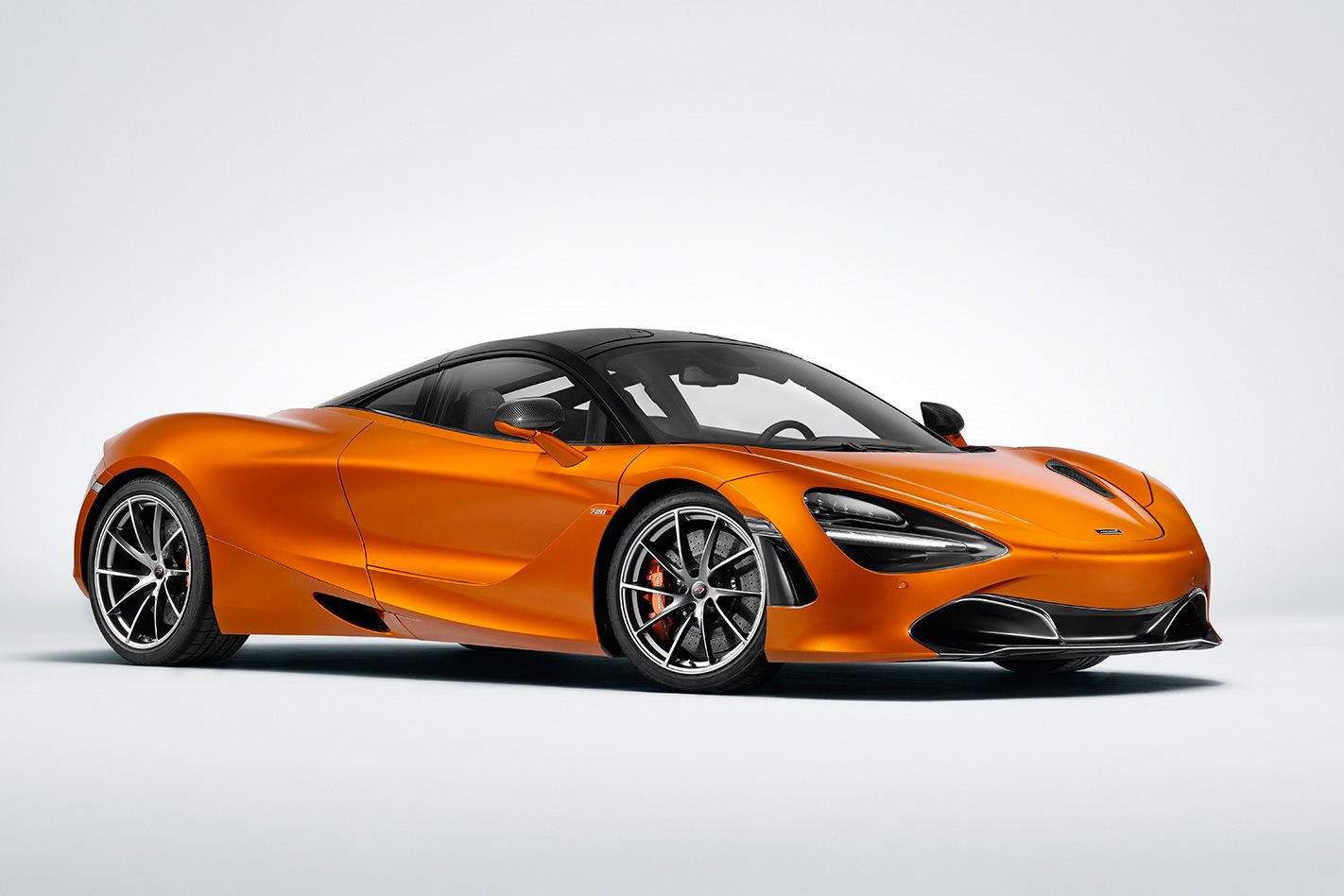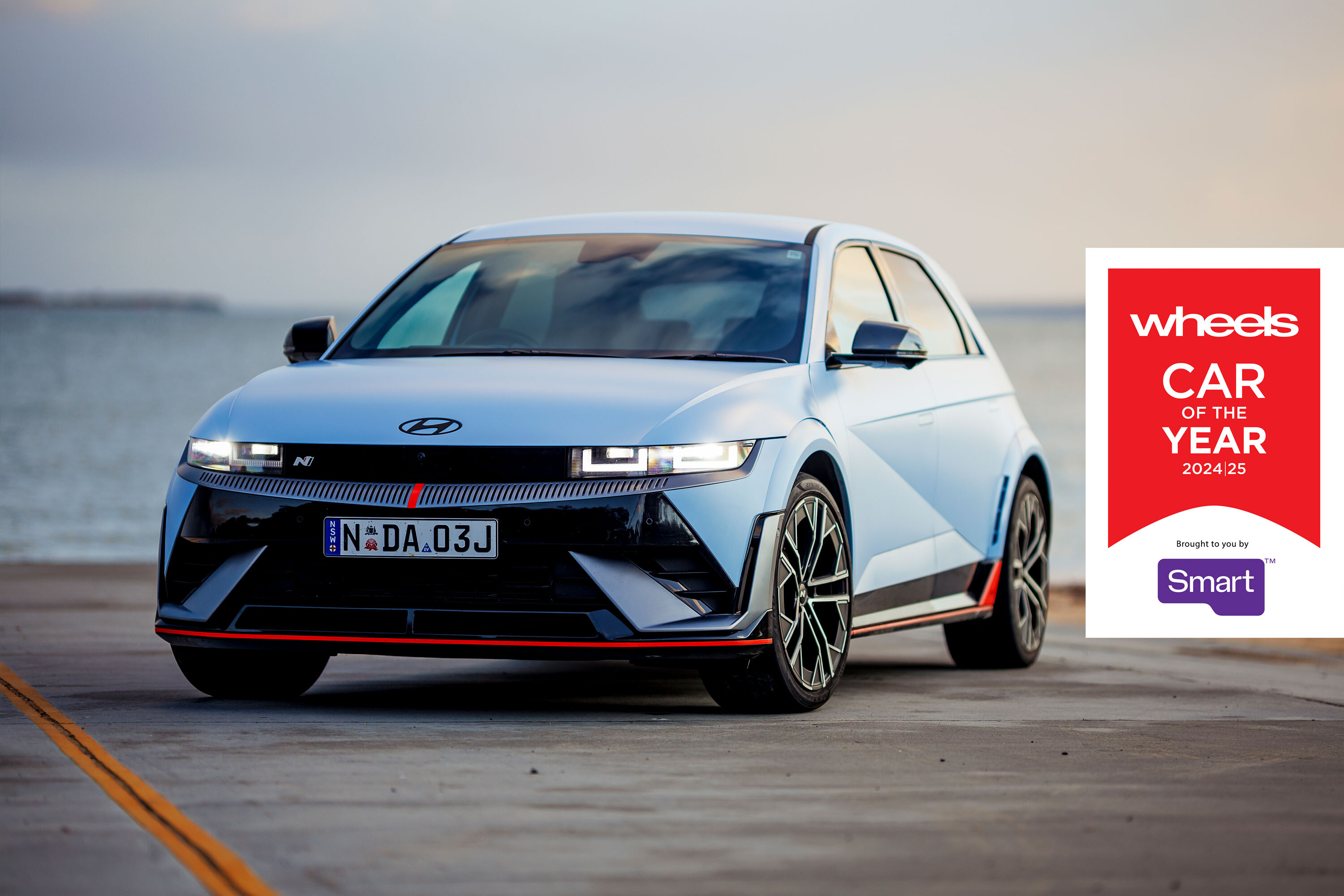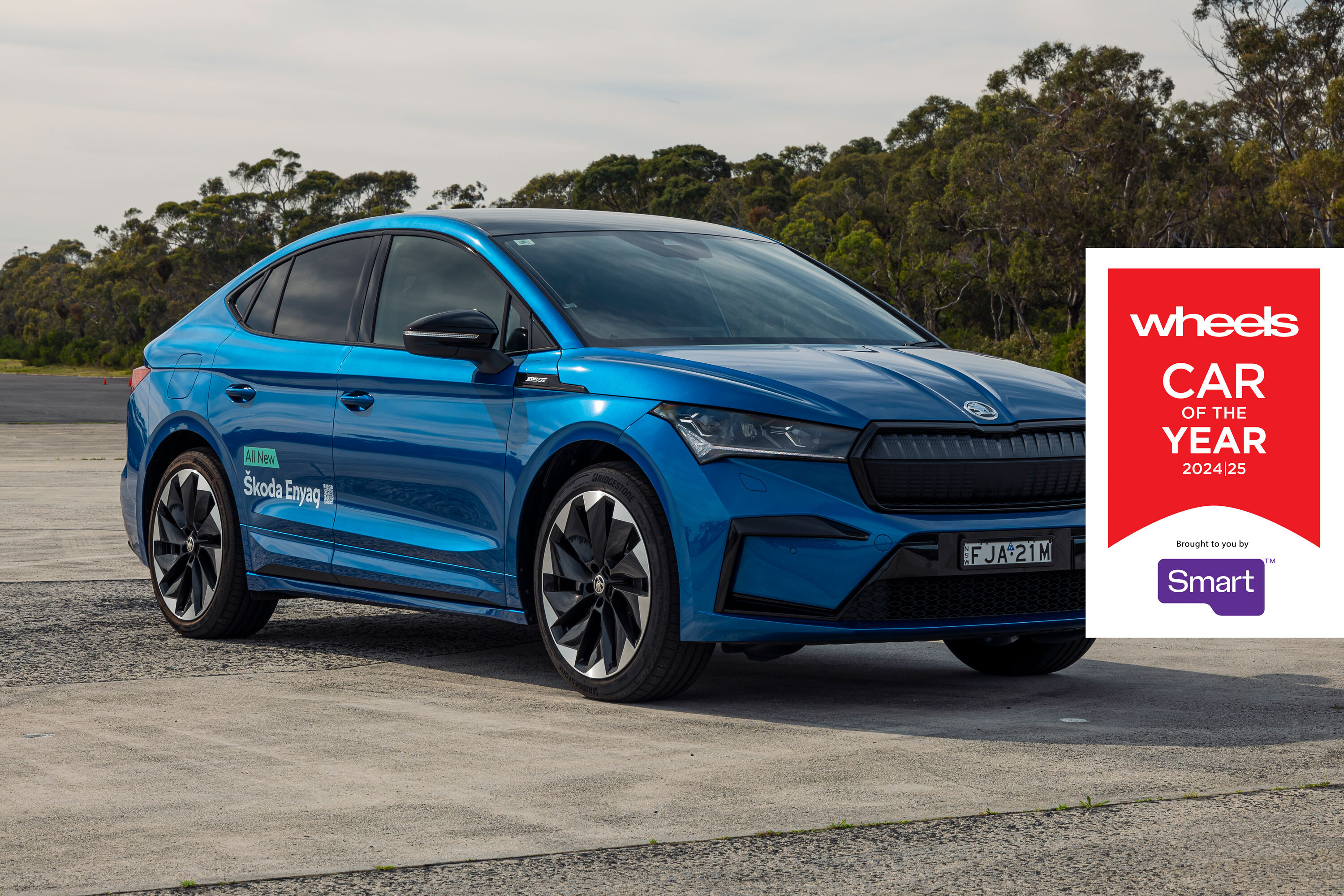If Ferrari hasn’t been worried by McLaren’s turbocharged model development programme so far, this might be a good time to start. It’s only six years since McLaren Automotive introduced its first car, the MP4-12C. That got a heavy facelift two years later, as well as a less clunky name, becoming the 650S. And now the new 720S is being unveiled at the Geneva motor show, moving the game on even further with a dramatic hike in power, a more advanced carbon structure and what we’re promised will be a step change in performance.
As the name suggests, the McLaren 720S gets a turned-up version of McLaren’s mid-mounted V8 engine, with capacity increased to 4.0-litres and with new turbos, cylinder heads, crankshaft and pistons. McLaren says, with the sort of exactitude we’ve come to expect from the British company, that this new M840T engine features 41 percent new parts when compared to the old one. Output rises to 530kW, accompanied by a peak 770Nm of torque, both channeled to the rear wheels through a seven-speed twin-clutch gearbox with changes sharpened by punchier software.
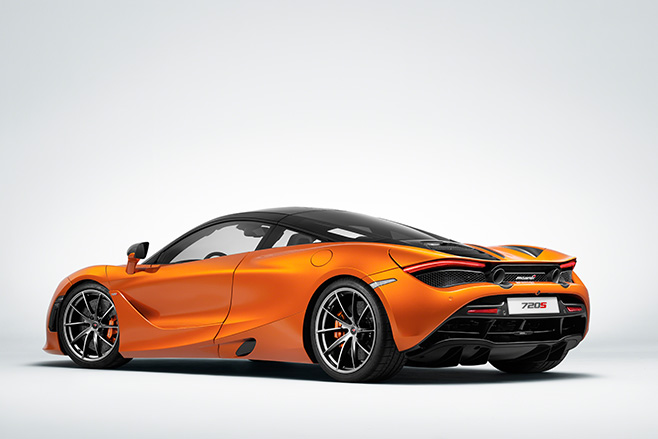
Performance numbers build on those of the 650S, with the 720S set to be very nearly as quick as the 675LT track special. McLaren says that the new car’s 0-100km/h time has only improved by a tenth– falling to 2.9-seconds – but beyond that, where traction ceases to be an issue, the 720 becomes massively quicker. On McLaren’s numbers its 8.4-second 0-200km/h time is 0.6-seconds inside the 650S, and its 21.4-second 0-300km/h time is a whole 4.0-seconds faster. The official top speed is 340km/h.
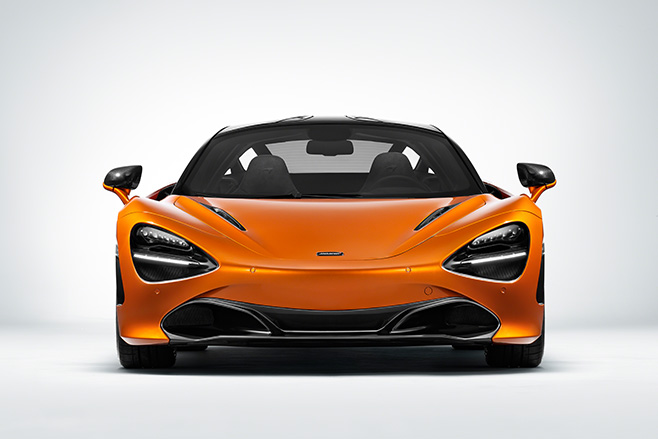
Visually the 720S is very different from the 650S, or indeed any other recent mid-engined supercar. It lacks a side air intake behind the door, with air getting channeled to the engine and rear radiators through a barely visible gap between the body side and rear side glass. Other drag-cheating aero features include door “blades” that shape the flow of air leaving the front diffuser and small “eyeball” intakes built into the front headlights. At the back the full length active wing can deploy as an airbrake in just half a second. McLaren says the 720S has twice the peak downforce of its predecessor, but with less drag and improved cooling efficiency.
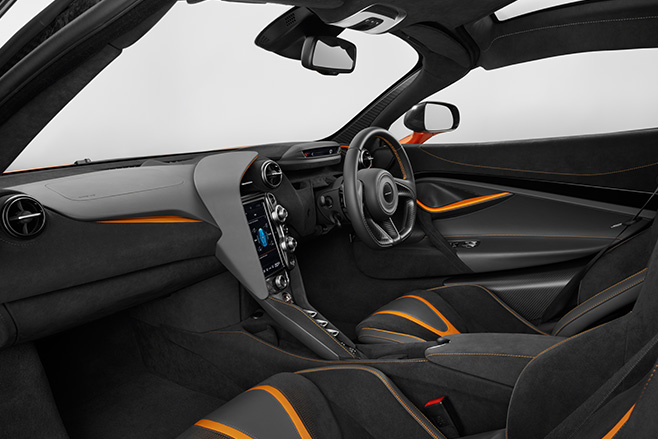
We’ll have to wait until closer to the 720S’s on-sale date later this year to get word on price. A roadster version will follow in 2019 and an even-higher-performance LT variant is also a racing certainty.
View our full coverage of the Geneva Motor Show 2017.

